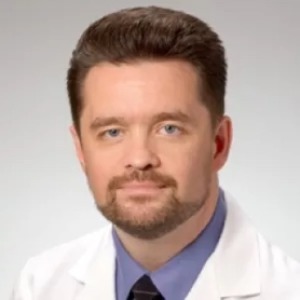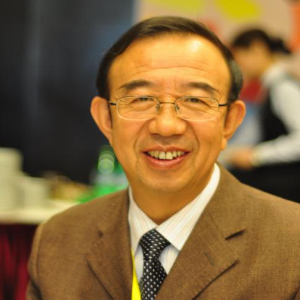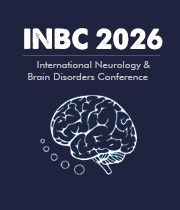Intracranial Electrode Stimulation
Intracranial electrode stimulation, also known as neuromodulation, is a type of medical procedure that is gaining increasing attention for its potential to treat a variety of neurological disorders. In this treatment, electrodes are surgically placed within or on top of the brain and used to deliver electrical stimulation to specific areas of the brain. This stimulation can be programmed to adapt to the patient’s needs, and is thought to modulate abnormal electrical activity in the brain with the ultimate goal of controlling or relieving symptoms associated with their condition. The types of disorders that can be treated with intracranial electrode stimulation vary depending on the patient and the origin of their disorder. Some of these conditions include movement disorders such as Parkinson’s disease, epilepsy, depression, obsessive-compulsive disorder, psychosis, schizophrenia, and post-traumatic stress. Neuromodulation is also being studied for use in treating pain and addiction. The procedure involves surgically implanting electrodes in or on the brain that are linked to a small electronic device under the skin on the chest. This device can be programmed to send electrical pulses to the brain at specific frequencies, which helps to modulate neural activity and reduce the symptoms associated with the patient’s condition. Depending on the individual needs of the patient, additional external devices may also be used to help control and monitor the stimulation levels. Given its potential to help treat a variety of neurological disorders, intracranial electrode stimulation is quickly becoming a popular option for many patients. Further research is still needed to expand the understanding of this treatment, including investigating optimal dosages, durations, and stimulation levels. However, this technique has already been found to be relatively safe and well tolerated, offering patients a new hope for symptom relief.

Joe Sam Robinson
Mercer University, United States
Robert B Slocum
University of Kentucky HealthCare, United States
George Diaz
Memorial Healthcare Systems, United States
Daniel Curry
Texas Children’s Hospital, United States
Zhenhuan Liu
Guangzhou University Chinese Medicine, China
Kiran Ghotra
Lake Erie College of Osteopathic Medicine, United States




Title : Atypical presentation of Juvenile myoclonic epilepsy in a 16-year-old female: A Case Report
George Diaz, Memorial Healthcare Systems, United States
Title : What we don’t know about hydrocephalus and It’s management
Daniel Curry, Texas Children’s Hospital, United States
Title : Artificial intelligence-driven DWI and FLAIR for the detection of early stroke changes: A systematic review
Shari L Guerra, The Medical City, Philippines
Title : Mapping neuroplasticity in occupational therapy: Evidence-based interventions with measurable neural outcomes
Jessica Marchant, Texas Woman's University, United States
Title : Non-pharmacologic management of orthostatic hypotension in inpatient rehabilitation: A quality improvement initiative
Laura Steakin, Rehabilitation Institute at Sinai, United States
Title : Non-pharmacologic management of orthostatic hypotension in inpatient rehabilitation: A quality improvement initiative
Mackenzie Weber, Rehabilitation Institute at Sinai, United States